Understanding user personas
What are user personas and how can you use them?
Cities are increasingly turning to human-centered design to understand how to target their services to residents. This also applies to open data. Open data can create healthy dialogue, help people make decisions, and empower people to act.
The role of municipal open data is still being defined. With regard to open data, one of the most sensitive touch-points between residents and local government is design.
In order to make user-informed design decisions, it is essential to get to know community members, and then formally incorporate community insights into the offices where data portal management happens. The motivations, roles, networks, and needs of residents — the attributes that make them relatable — do not translate through statistics. That’s why we recommend employing user personas.
User personas are a human-centered design tool that prompt empathy with residents — both current open data users and those who have yet to engage with public data sets. User personas provide a shared language for government staff to better understand who needs open data, and to begin exploring why they need it.
What can you do with user personas?
- Efficiently communicate residents’ roles and goals
- Enable resident-centered decision-making
- Check design assumptions
- Foster proactive supply of open data
Some cities and data intermediaries have already created user personas for open data, which we’ve gathered together on this site.
Check out our library of user personas for open data
Good design is inherently creative: generating user personas entails a jump from data to imaginary characters. We thought of some tips to help instill confidence to create personas by conducting ethnographic research and synthesizing qualitative evidence into prototypes. The tips include actionable guidelines that should result in a smooth process of moving from empirical observation into ideation and representation.
Check out our tips for creating user personas
Data stewards may approach this guide with a variety of capacities and needs; there is room for you choose how developed your personas need to be and how much research to invest in the final product. If a small team runs a workshop for several departments that result in preliminary personas, more staff will gain familiarity with the concept of personas, which may in turn prompt investing more resources into future user research.
Research-based personas
We talked to city staff and design research experts that have been involved in identifying the pragmatic use for personas in connection to open data, have worked on the process of creating personas, or made design decisions informed by personas as they manage open data for community use.
User research can poke holes in pre-existing assumptions or lead to the discovery of new current and potential users. The impact of personas lies in their being both informative and relatable at the same time. In general personas can be grouped into two types, preliminary personas and research-based personas. Each kind suits different needs.
Design researchers attempt to understand certain groups of people. Accordingly many of the tips we compiled are rooted in ethnographic methods. Ethnographic researchers distinguish between observation and interpretation. In ordinary interactions we often overlook this distinction and we naturally tend to tell ourselves stories about what we see. This is necessary in everyday life merely to get through the day, but the storytelling we do involves unchecked assumptions and stereotypes.
That’s why in general, it is important to formally separate observation and interpretation. We observe strictly through our senses. Because observations are empirically verifiable, they are extremely valuable to ethnographic research, and user research in particular. Rigorously recorded observations are not to be conflated with interpretations. Interpretations on the other hand are not empirically verifiable, and while valuable, making the effort to delay the tendency to interpret can allow for a more accurate and meaningful understanding of others.
Without actual research supporting personas, they run the risk of being superfluous or misleadingly stereotypical. Design firms such as Reboot offer resources to achieve even more depth in implementing human-centered design at the local level.
Preliminary personas
While we urge cities to invest time into speaking with a variety of community members, especially those off regular department channels, we know that departments cannot always afford to create research-based personas.
Recognizing this reality, we include a section in the tips for cities to make “quick-and-dirty” preliminary personas. By running a workshop to draw out insights from city staff, a small team can create preliminary personas in several hours. Departmental staff such as data portal managers have regular contact with the community regarding contextual information about data sets, and they know their primary users well.
Preliminary personas can therefore be effective as a tool for communicating why and how certain categories of open data users are relevant to initiatives or partnerships. However, without ethnographic research, there is no way to verify or challenge the insights, or to accurately identify the potential open data users in the community. Preliminary personas are created through a self-reflective process, and as fruitful as it may be, ultimately there is no equivalent replacement for going out and talking to people.

